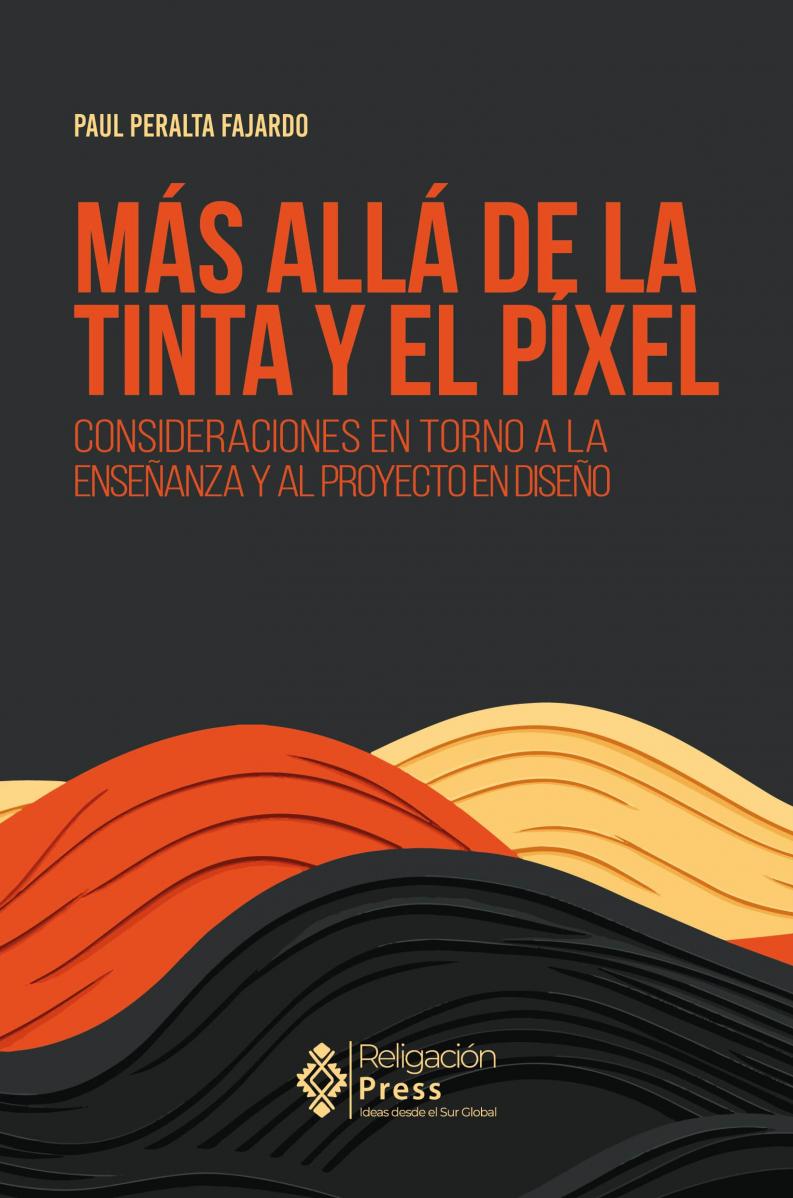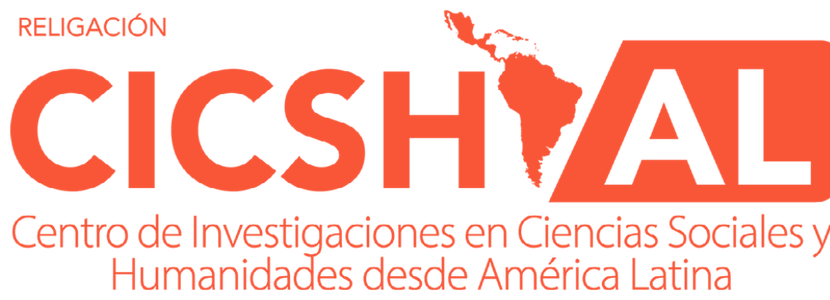Beyond ink and pixel. Considerations around the teaching and the project in design
Keywords:
Design Pedagogy; Design project; Degree projects.Synopsis
Graphic design pedagogy stands as a field in continuous evolution, with the primary purpose of providing students with the skills and knowledge necessary to conceive effective and attractive visual solutions in a wide range of media and formats. To achieve complete and meaningful training, it is essential to address fundamental aspects that range from practice and critical thinking to the integration of relevant technologies and tools, through the teaching of design theory and history, as well as preparation for the insertion in the industry. The importance of integrating artistic, scientific and technological elements in a balanced way is emphasized, which allows the generation of more comprehensive and effective visual solutions. The introduction of a model for the development of projects in Graphic Design, which amalgamates both divergent and convergent thinking, represents a significant advance in improving the effectiveness and adaptability in the design process. This model, the result of a meticulous study, has made it possible to identify patterns and trends, thus guaranteeing quality results.
Downloads
References
Abreu-Valdivia, O., Pla-López, R., Naranjo-Toro, M., & Rhea-González, S. (2021). La pedagogía como ciencia: su objeto de estudio, categorías, leyes y principios. Información tecnológica, 32(3), 131-140. http://dx.doi.org/10.4067/S0718-07642021000300131
Ambrose, G., & Harris, P. (2010). Metodología del diseño. Parramón.
American Institute of Graphic Arts [AIGA]. (2023). What is graphic design? American Institute of Graphic Arts. https://www.aiga.org/what-is-design
Armstrong, H. (2016). Digital design theory: Essential texts for the graphic designer. Princeton Architectural Press.
Ariza, V. (2012). La investigación en diseño, una visión desde los posgrados en México [Documento]. Universidad Autónoma de Ciudad Juárez. https://acortar.link/jskYFL
Ariza, V. (2020). El Diseño como objeto de estudio y como ejercicio de intervención. Cuadernos del centro de estudios de diseño y comunicación, (82). https://doi.org/10.18682/cdc.vi82.3713
Biggs, J., & Tang, C. (2011). Teaching for quality learning at university. UOC.
Bingham, T., & Conner, M. (2010). Activating the vision: The four keys of successful design thinking. Journal of Business Strategy, 31(5), 50-59.
Branch, J., & Merritt, K. (2015). Pedagogy of the image: Visual communication design education in the 21st century. International Journal of Art & Design Education, 34(1), 12-25.
Brown, T. (2008). Design thinking. Harvard Business Review, 86(6), 84-92. https://hbr.org/2008/06/design-thinking
Buchanan, R. (1992). Wicked problems in design thinking. Design Issues, 8(2), 5-21. https://doi.org/10.2307/1511637
Craig, D., & Müller, J. (2013). Designing with type: the essential guide to typography. Watson-Guptill.
Cropley, A. (2006). In praise of convergent thinking. Creativity Research Journal, 18(3), 391-404. https://doi.org/10.1207/s15326934crj1803_13
Crowther, P. (2007). Developing a pedagogy for design education: A study of problem-based learning. International Journal of Technology and Design Education, 17(1), 37-48.
Dabner, D., Stewart, S., & Zempol, E. (2017). Diseño gráfico: fundamentos y prácticas. Blume.
Davis, M., & Heller, S. (2012). The education of a graphic designer. Allworth Press.
Díaz-Barriga, Á., & Hernández, G. (2010). Estrategias docentes para un aprendizaje significativo. McGraw-Hill.
Dubberly, H., & Pangaro, P. (2009). What is conversation? How can we design for effective conversation? Interactions, 16(1), 1-8. https://acortar.link/tCSZl6
Fargas, J. (2008). El encuentro del arte, la ciencia y la tecnología. Razón y Palabra, (65). http://www.razonypalabra.org.mx/N/n65/actual/jfargas.html
Fitzpatrick, J. (2014). Designing Effective Instruction for Secondary Social Studies. Information Age Publishing.
Freire, P. (1997). Pedagogía del oprimido. Siglo XXI.
Gamonal R. (2011). La disciplina del diseño desde la perspectiva de las ciencias sociales. Revista Prisma Social, 7. https://acortar.link/DrmhCS
García, B. (2014). Difundir la investigación en diseño. SID. Universidad del Bío-Bío.
Gerstner, K. (1996). Designing Programs. Lars Müller Publishers.
Gimeno Sacristán, J. (2006). El currículum: una reflexión sobre la práctica. Morata.
Glaser, J., & Knight, C. (2019). The graphic design exercise book: creative briefs to enhance your skills and develop your portfolio. Laurence King Publishing.
Gregory, S.A. (1966). The design method. Springer Science+Business Media LCC.
Guffey, E. (2019). Designing the New: Charles Rennie Mackintosh and the Glasgow Style. Yale University Press.
Hamilton, A., & O’Loughlin, V. (2017). The handbook of technology and second language teaching and learning. John Wiley & Sons.
Heller, S., & Vienne, V. (2015). Teaching graphic design. Allworth Press.
Jiménez Álvaro, X., Quelal Moncayo, A., & Sánchez Borrero, G. (2020). La nueva enseñanza del diseño gráfico en la Pontificia Universidad Católica del Ecuador. Cuadernos del Centro de Estudios de Diseño y Comunicación, (104), 15-60.
Jiménez, A. (2017). Pedagogía: Una disciplina científica y humanista. Ecoe Ediciones.
Jones, C. (1978). Métodos de diseño. Editorial Gustavo Gili, S.A.
Julier, G. (2010). La cultura del Diseño. Ed. Gustavo Gili.
Koehler, M., & Mishra, P. (2009). What is technological pedagogical content knowledge? Contemporary Issues in Technology and Teacher Education, 9(1), 60-70.
Kumar, V. (2013). 101 design methods: A structured approach for driving innovation in your organization. Wiley.
Lupton, E. (2017). Design is storytelling. Cooper Hewitt.
Margolin, V. (2005) La investigación sobre el diseño y sus desafíos. En D. Buchner, H. Durán, M. Garone, J. Giménez, C. González, A. Losada, V. Margolin, E. Morales, L. Rodríguez, y O. Salinas. Las rutas del diseño, Ensayos sobre teoría y práctica (pp. 11-35). Designio.
Meggs, P., & Purvis, A. (2016). Meggs’ history of graphic design. John Wiley & Sons.
Morales, D. (2018). La formación transdisciplinaria en el diseño gráfico: un estudio de caso. Revista de Investigación Académica, 43, 1-11.
Morales Holguín, A., & González Bello, E. (2021). Interdisciplinariedad en la formación universitaria del diseño gráfico: entre la teoría y la práctica. Educación, 30(58), 228-249. https://doi.org/10.18800/educacion.202101.011
Morales-Holguín, A., & Gonzalez-Bello, E. O. (2020). Enseñanza y Uso de Métodos de Diseño en México. Percepciones del Profesorado. Formación Universitaria, 13(1), 35–42. https://doi.org/10.4067/s0718-50062020000100035
Noriega, E. (2013). La Teoría y Ciencia del Diseño. Fundación Bits.
Peralta, P. (2020). Proyectación lógica para la investigación en Diseño Gráfico. Estudios sobre Arte Actual, 8, 281-287.
Peralta, P. (2024). MPD: Modelo para el proyecto en diseño: MPD: Model for the project in design. LATAM Revista Latinoamericana De Ciencias Sociales Y Humanidades, 5(1), 370 – 388. https://doi.org/10.56712/latam.v5i1.1594
Press, M., & Cooper, R. (2009). El Diseño Como Experiencia: El Papel del Diseño y los diseñadores en el siglo XXI. Gustavo Gili.
Quesada, A. E. de. (2002). Creación y Proyecto. El método en Diseño y Otras Artes. Institució Alfons el Magnanim.
Rada, G. (2013). Revisiones sistemáticas y metaanálisis: Guía para su lectura crítica y elaboración. Ediciones Universidad Católica de Chile.
Rand, P. (1996). Design, form and chaos. Yale University Press.
Razzouk, R., & Shute, V. (2012). What is design feedback good for? Varying conceptions and contrasting research questions. En A. O’Donnell, C. Hmelo-Silver y G. Erkens (Eds.), Collaborative learning, reasoning, and technology (pp. 309-330). Springer.
Sánchez, M. (2012). El Diseño Gráfico y su aportación a la divulgación científica. Actas de Diseño, (13), 237-240. Universidad de Palermo.
Sánchez Borrero, G. (2021). La enseñanza del diseño gráfico con aprendizaje autodeterminado. Cuadernos del Centro de Estudios de Diseño y Comunicación, 135, 169-189. https://doi.org/10.18682/cdc.vi135.5034
Santamaría-García, H., & García-Ruiz, M. (2021). Design thinking as a methodology to enhance creativity and innovation in the teaching of graphic design. International Journal of Emerging Technologies in Learning (iJET), 16(6), 7-21. https://doi.org/10.3991/ijet.v16i06.12788
Sawyer, R. (2012). Explaining creativity: The science of human innovation. Oxford University Press.
Segura, M., & Domínguez, M. (2014). La formación en diseño gráfico: habilidades, competencias y necesidades. Pixel-Bit. Revista de Medios y Educación, 45, 115-128. https://doi.org/ 10.12795/pixelbit.2014.i45.08
Sherwin, K., & Baranowski, J. (2018). Introduction to the special issue on design pedagogy. Communication Design Quarterly, 6(3), 4-6.
Vienne, V. (2006). Teoría del diseño gráfico: Lecturas seleccionadas del campo. Princeton Architectural Press.
Vilchis, L. (2002). Metodología del diseño: Fundamentos teóricos. Claves Latinoamericanas.
Vosburgh, R., & Bhavsar, V. (2019). The importance of teamwork in graphic design education. En J. Smith (Ed.), Graphic design education: theory and practice (pp. 83-96).
Wiggins, G., & McTighe, J. (2005). Understanding by design. ASCD.







